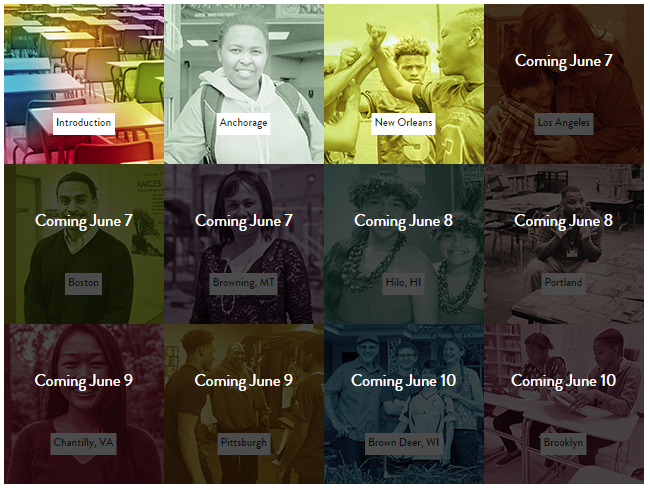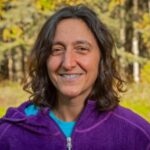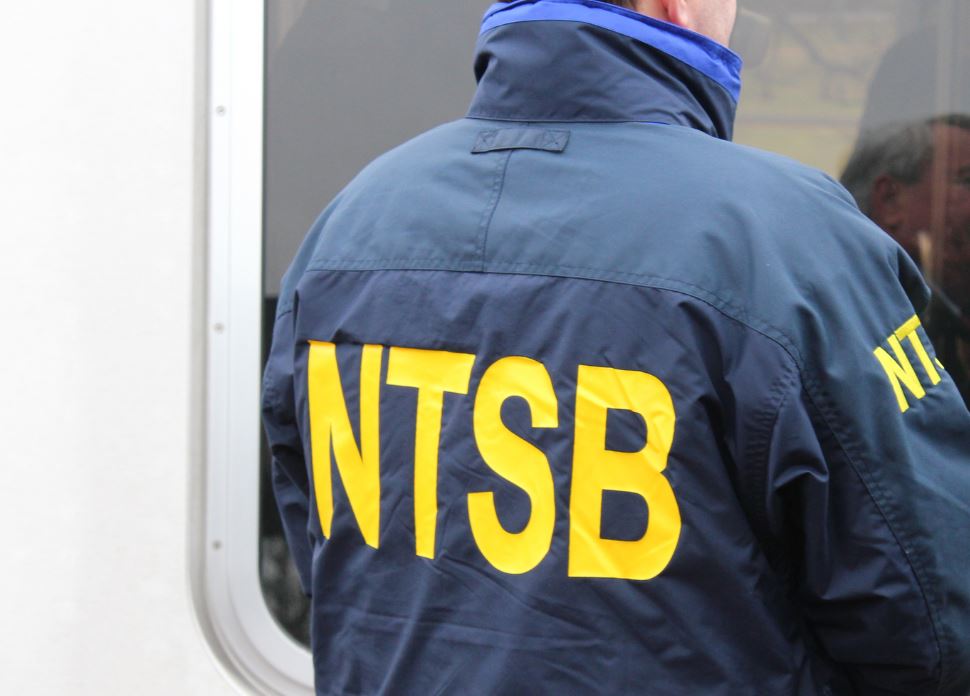A new series from Slate and the Teacher Project at the Columbia Journalism School started this week. It focuses on race in schools in the United States. Their first feature looks at Anchorage’s Newcomers’ Center, which helps immigrants and refugees adjust to the local school system. The project editor, Sarah Carr, says it’s the perfect place to begin because the program is working.

CARR: And the thing that’s relatively unique about the Newcomers’ Center in Anchorage is that it’s a hybrid model. There are some places where arriving immigrant and refugee students are segregated out full-time from the student body and never are really able to acclimate to American schools and culture and other places in which they’re just thrown in immediately and into mainstream settings and might minimal to now language support. And the nice thing about Anchorage and some other communities is that they’ve struck a balance and give the new arrivals time to adapt and to be with other students who might be facing similar challenges at the Newcomers’ Center for part of the day, but then also make sure that they’re spending part of their time in traditional schools.
HILLMAN: Why isn’t this happening in more schools across the nation?
CARR: That’s a great question. I don’t think it’s 100% unique in that I think there are other places that also have moved towards something of a hybrid. But I think it’s a new issue for a lot of communities. There are a lot of places that are seeing influx of refugees and immigrants that haven’t had these communities at all in the past, or haven’t had them in nearly as great numbers and that are really trying to figure out what the best approach is, and I think that was one of the reasons we really wanted to feature Anchorage. It’s because, you can’t really say that any school district or community has 100% figured it out but it seems like you all were doing a lot of things right.
HILLMAN: In the opening essay for the series, there’s this beautiful inforgraphic that really shows how schools in the U.S. are becoming more segregated, and similar things are happening here in Anchorage with white students kind of migrating towards public charter schools. Is this resegregation of America’s schools a problem? Is it something we should be concerned about?
CARR: I definitely think it’s a problem. And it’s obviously not a new problem and it takes on a different cast and shape and depending on the community that you’re talking about. But over the course of our reporting, we did visit suburban communities that have tipped for instance to majority minority in recent years. And there’s this real question of whether they’ll be white flight and middle class flight to further out suburbs and that is happening in some places. And I think there are two major issues. One is, sort of, policies that allow this to happen and then the other is the persistence of personal biases and racism that makes it a challenge to create and sustain truly integrated schools and communities for the long-term.
HILLMAN: What do you think is driving the choices to pull white students out of schools as they get more diverse? And is there a way to counter that?
CARR: It’s a really complicated question. I think there is some element of racism, but there are also families who… it just becomes this chicken or egg, who say they really value diversity. They want their kids to learn in a diverse setting, but they’re worried about the academics at schools, and there’s a history of the public and policy makers disinvesting in majority-minority schools, and that can lead to lower academic standards and less resources over time and to middle class flight. So I don’t want to excuse people on the basis of declining academics, but I think that all of these things are interconnected.
Anne Hillman is the healthy communities editor at Alaska Public Media and a host of Hometown, Alaska. Reach her at ahillman@alaskapublic.org. Read more about Anne here.





